Ambassador Report 39
INTRODUCTION
INTRODUCTION
It is with great regret that I received the news of the untimely death of Wolfie Ginsburg. Together with Paul Carr and me, Wolfie wrote one of the major chapters in the Matchbox – The First Forty Years book and his knowledge of King Size and Super King models was unrivalled. Wolfie was an unassuming and cheerful South African who lived in London and was of just a few collectors known to Jack Odell, who he first met in South Africa. Our thoughts are with his wife, Gael, and family.
I would also like to send best wishes from all Matchbox collectors to Michael Heralda, who has long been the chief graphics designer in the Matchbox team, in his battle against prostate cancer. We look forward to him being back at his desk before too long.
Mark Amies drew my attention to the destination board on the latest double decker bus. Mark could not understand why the destination was Union Road. In fact, it should have been Union Row, Edmonton. This was the address for The Rifleman public house where Lesney and Matchbox started. At least the design team should be congratulated for its research and few would have realised the connection.
Apologies for the late submission of this report. Next week will also be published later than usual again because of family commitments.
MATCHBOX ANSWERS YOUR QUESTIONS
1. Can you ask what is happening with the post MOY castings from the Matchbox Collectibles era? Nothing is happening with the MOY Matchbox Collectibles currently. The last iteration of MOY was in 2006.
2. I am ecstatic to finally see that gorgeous 1963 Mack B Pumper. That truck looks magnificent, in gloss red with gold trim to boot. It is good to see a diecast body and clear windows as well. Also, the rear plastic piece is unbelievably close in color to the diecast body, and even the texture looks like that of painted diecast. I was even tricked by the first photo and thought the whole entire body was metal, until I saw the last picture. Models like this keep me in the Matchbox running! That being said, does not mean I do not have complaints. The grille is a problem. It is not flush with the diecast hood, and reminds me of the grille issue with MB695 Utility Tanker. The grille is also not fat enough. Look at a pic of the real truck, and you will see that it is very, very thick, and this model's is very thin. I noticed the grille was off on the Tacoma as far as not being large enough or being flush, either. And, the plastic window insert is not flush with the center-break, which looks odd. The inside of the a-pillars show, and the paint-sprayer cannot quite reach there, making spotty cover. Still, put those two minor complaints aside, and you have a wonderful US collector's item. I would be pleased to hear your comments.
Thanks for your comments on this model. Do keep in mind that the photos of this model are enlargements. Many of the details you have pointed out become less prevalent when viewed by the naked eye. Some concessions are required due to manufacturing requirements for a toy age graded 3+.
3. Why do you include a miniature of an old vehicle from the 1950s in the range when most kids will never have seen it for real?
Our 1-120 range includes may types of vehicles both modern and classic models because people of all ages and preferences buy our toys.
4. Do you work with manufacturers when new vehicles are being released?
Yes always.
5. Do any of the design team collect Matchbox Toys?
Yes we do.
6. Which models were dropped completely from the range, never to be used again, last year? How do you decide?
There are very few models that were dropped from the range, “never to be used again”. We have explained in other Ambassador reports our criterion for deciding to drop a model forever but to elaborate, tool life, complexity and licensor factors come into play when deciding to end a model. Some decisions are easy and some are complex.
7. My local stores never seem to have any Matchbox but there are some Hot Wheels. Why is this?
Perhaps you should seek out a different store.
8. Are new models always decided by committee? If this is so, does it explain why we now have so many generic models as everyone gets an input?
New models are decided by the team. Many factors come into play. The decision to make a generic, (non- licensed), vehicle depends on what is needed per segment category.
NEW RELEASES
There are the new images this week.
A Little More History
Lesney New Miniatures 1979
The Renault 5 and Mark IV Cortina
Lesney New Miniatures 1979
The Renault 5 and Mark IV Cortina
The #21 Renault 5TL was interesting in as much that it was released in the USA in yellow with “Le Car” tampo, but in the UK and elsewhere it was issued in plain metallic blue. Unlike the #65 Airport Coach the previous year, which was released with different airline labels to suit different countries, there seems to be no good reason for such a decision in regard to the Renault. Eventually both colours became available in both countries.
This model must have more variations than the majority of Matchbox models. The baseplate may be found in matt black, gloss black, charcoal, silver or orange. Rare examples appear to have unpainted bases, but upon closer inspection it appears that they had the base sprayed on the wrong side! The interior was light or dark beige, red, white, cream, yellow or orange. The windows came in clear or amber, and apart from a yellow or blue body, it was subsequently released in silver, white, and red. The silver version also had the “Le Car” tampo print, “A5” printing or no tampo at all. White versions came with a green and black “4 Koni” tampo with or without “Renault” on the roof, or with yellow and red “21 Roloil” tampo. This version is shown in the 1984, ‘85 and ‘86 catalogues in black, but though several samples were made, it was never released in black, which was a pity as the colour scheme was very attractive.
Although the amber windows never appeared on the white or red versions, the number of combinations of all these variants is mind boggling! The “A5” tampo on silver models is not common and it also came on two shades of silver body. A plain silver version with silver base and beige interior is also quite rare. The white version with Koni tampo is the only version found with a cream interior and only those with Roloil tampo can be found with the yellow interior, though again this is not common. Roloil versions can also be found with the standard beige interior but with an orange base though this is also a rare piece.
Rarer still are the Japanese edition releases from 1984 which came in red with “Turbo” door tampo and orange or black baseplates and beige or orange interiors, though the orange interior only comes with an orange base. All three red variants are sought after and rarely seen. All variations came with an opening plastic hatchback, which matched the body colour and all maintained the Lesney England base into the mid 80s despite the demise of Lesney in 1982. In the 1-75 range the Renault was deleted in 1985. Only the very last release had a Macau base, the silver-grey “Scrambler” model which was only available in a Twin Pack and appears in the 1988 and 1989 catalogues.
Finally, the Renault 5 was one of those selected for issue in Bulgaria. At this time there were few links between the then Communist Bulgaria and the Western world. English was not taught in schools. Hence, when it was decided that Bulgarian models should be enhanced by the application of tampo print, it was not generally understood which words were being printed. Possibly a few King Size models had been left behind by the engineers who set up the machines originally but POLICE, AMBULANCE and even FOLLOW ME from a Matchbox King Size Police Car were used.
Some pre-production models are shown below.
The #55 Ford Cortina 1600GL has long been a favourite release for many collectors. It was originally available in light metallic green with a red interior, opening doors and a plated base though it had been shown in the USA trade catalogue in white with a black interior which seemed a strange choice of colour scheme. This pre-production example also appears to have narrow dot dash wheels in place of the wide variety used on production examples! The white and metallic red Cortinas are colour trial models.
Initially this model did not have a patent number on the base, but this was added very soon after release and so examples without are therefore far from common. As with so many models in 1981, the Cortina had a re-colour to a very attractive deep metallic red shade, and the interior was now changed to cream. Some green bodied models come with this cream interior, but for some bizarre reason every one of these examples comes in a very bright, and heavily metallic, green not found with the red interior at all. I believe these interesting models were only released in the US.
This bright green model is a very attractive piece and not too hard to track down. In 1982 the colour scheme was changed again to a gold colour with black stripes tampo to the top and sides. The 1982 catalogue depicts wide, white side stripes with black panels, but the actual released model had only a single narrow black stripe. A few of the first gold models released came with the cream interior from the red version, but these are quite rare.
It is found as standard with a white interior, and perhaps a quarter of these are to be found with a silver painted base, which is a far better look as the entire grille section is an extension of the base, which was so often a dull colour that it detracted from the over all appearance, whilst the silver painted base enhances the look and appeal of this model. Examples can also be found with smoke windows, which again is quite attractive and not that common. In the same year, 1982, it appeared in the Two Pack range towing the #57 Eccles Caravan which was painted in a rare white colour. A very rare example of the gold Cortina with plated bases can be found in a very few of these Two Packs with wide 5 arch wheels rather than dot dash.
Unfortunately after just four years, the Cortina was replaced in the range by its real life successor, the Ford Sierra. Matchbox had made a special arrangement with Ford to allow them to release the miniature Sierra at much the same time as the real model rolled off the production lines. Whilst quite attractive, this model was largely plastic and was thus very light and was not a patch on the Ford Cortina which preceded it. I remember wishing at the time that Ford had declined the Matchbox request so there could have been perhaps one more colour change to this fabulous model of a Mk IV Cortina in the miniatures range! In fact the model did persist as a Two Pack issue after Lesney had gone into receivership, but still maintaining the Lesney base. The decision was taken to fix the opening doors shut, and the model was now sprayed in a non metallic scarlet.
In this guise it came with a beige interior, plated base and with a black stripe tampo running along the lower edge of the doors. It also exists without this stripe. Further, it was produced with a white interior, and the base can come plated or silver painted, and with or without the black stripe. It was also available in Glow Racer sets in scarlet with white interior, a plated or silver base, and opaque glow windows, though without the stripe. The #55 Cortinas produced in scarlet with white interiors, clear or glow windows, and a gloss black painted base are most sought after by collectors.
After this model ceased being produced in England, the mould was transferred to China. Initially the plain scarlet body was used with clear windows, white interior and a modified silver painted China base. However the last China issues had the addition of a flame tampo printed on the bonnet and such examples are very hard to find. I think I am correct in saying that this model and a Datsun 260Z (MB67) were used by apprentices in the China factory to hone their skills. Only a very small number were produced but rather than scrap perfectly reasonable models, they were packed in a special blister and sold in the factory shop in China.
When Bulgaria signed a contract for models to be produced just for the home market, they requested that models should have opening parts to enhance play value.
Nigel Cooper 21st May 2014
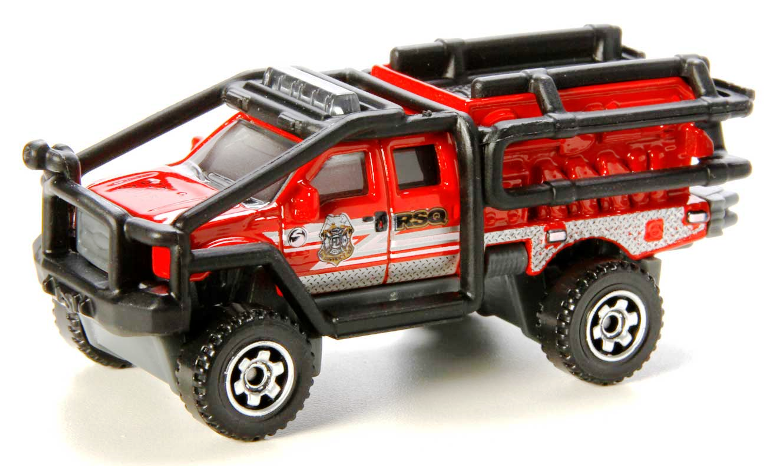
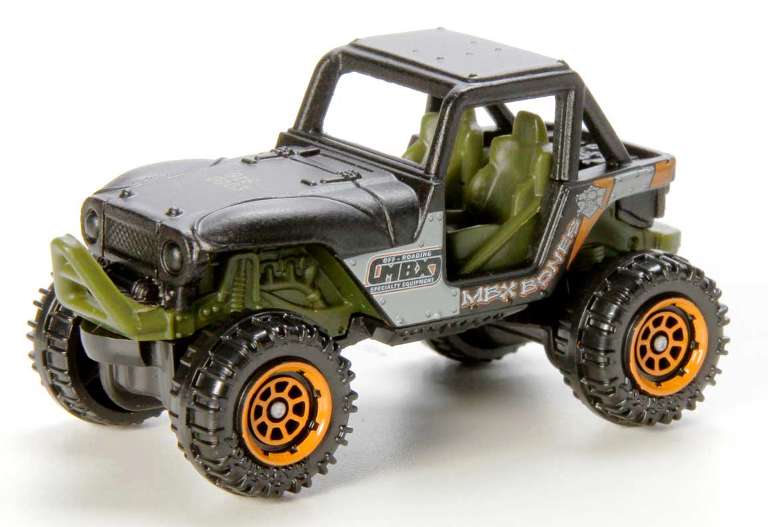
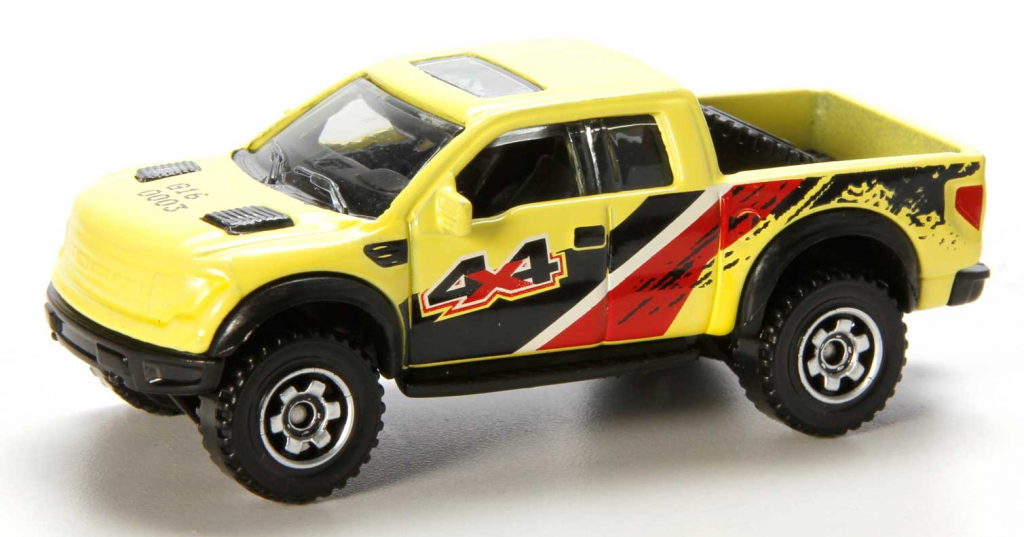
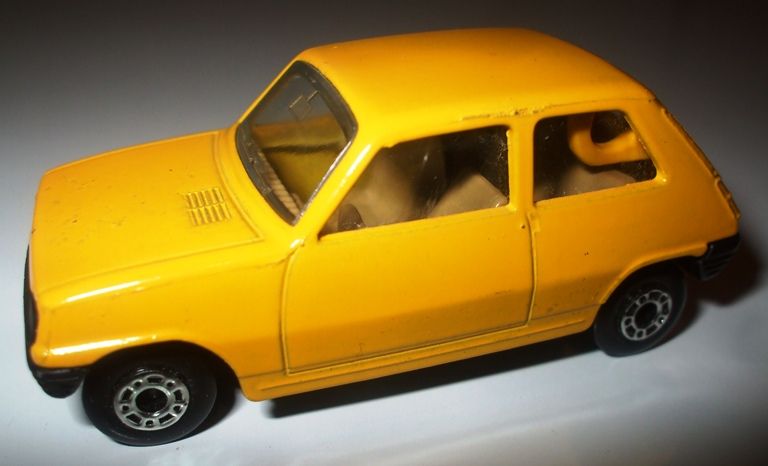
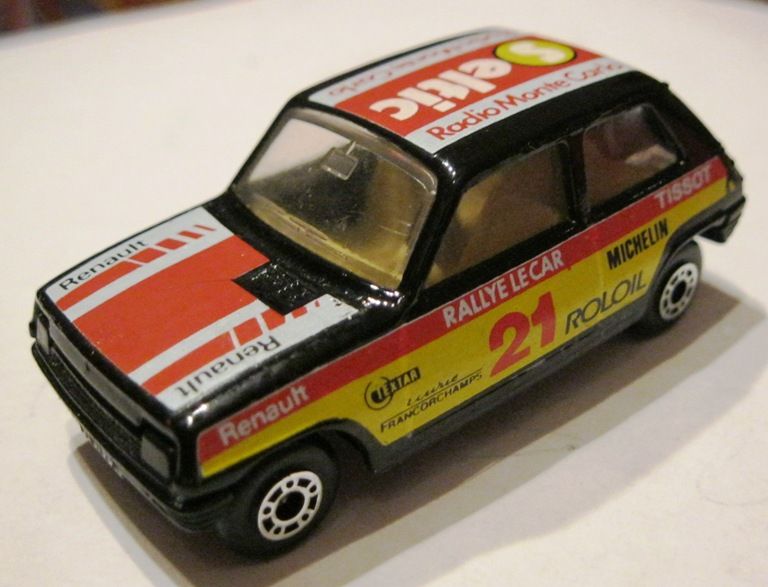

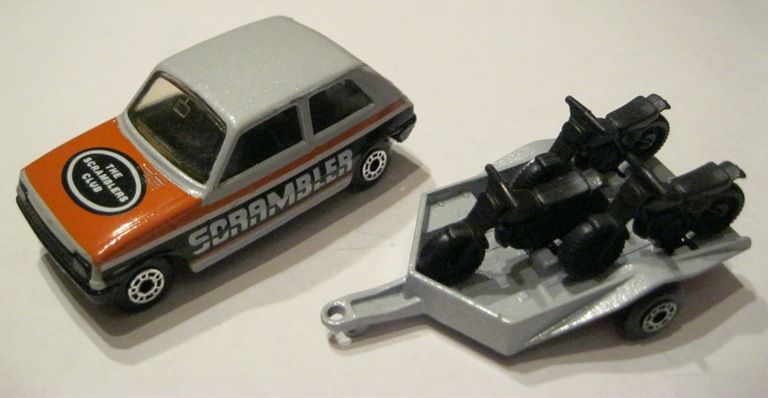
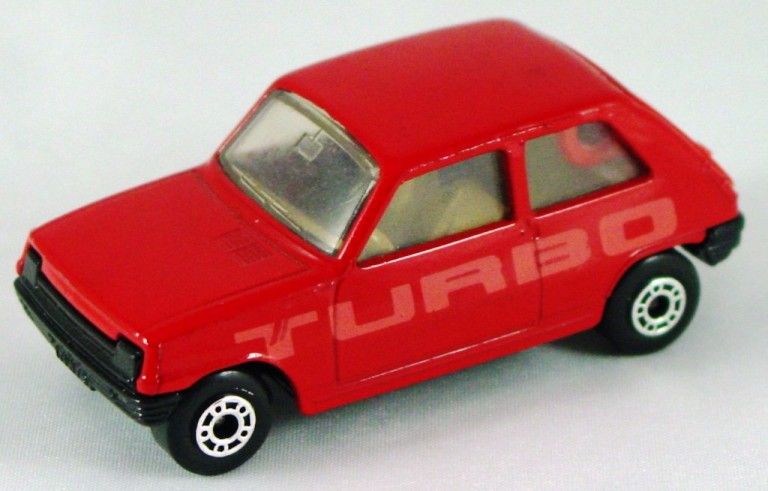
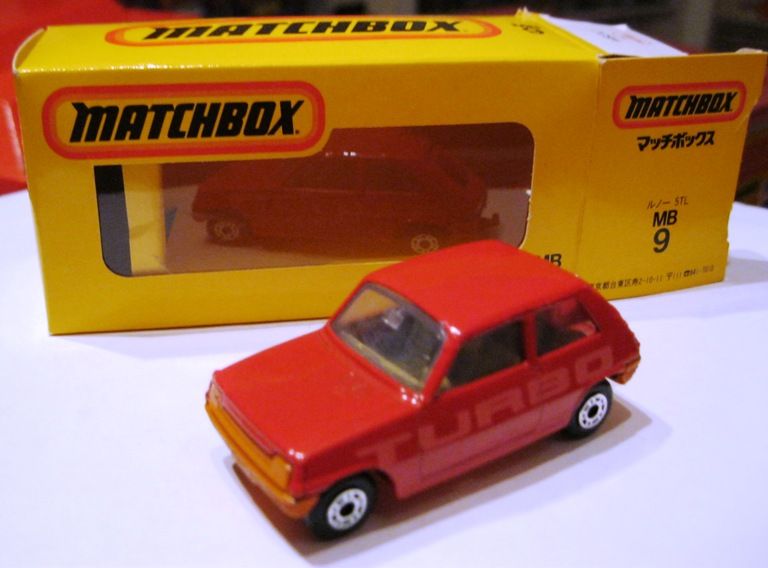
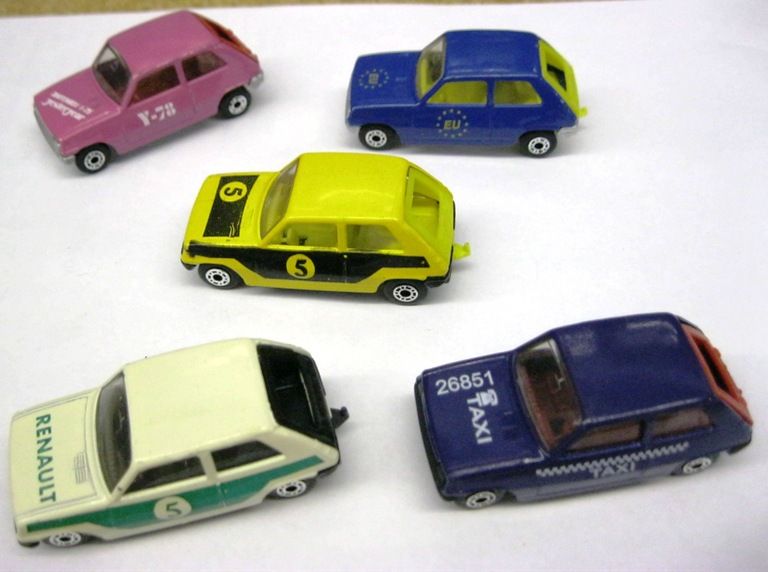
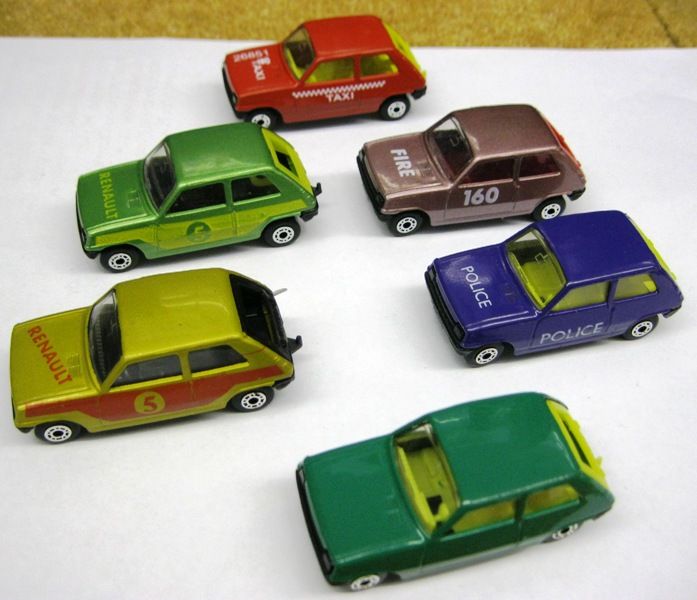
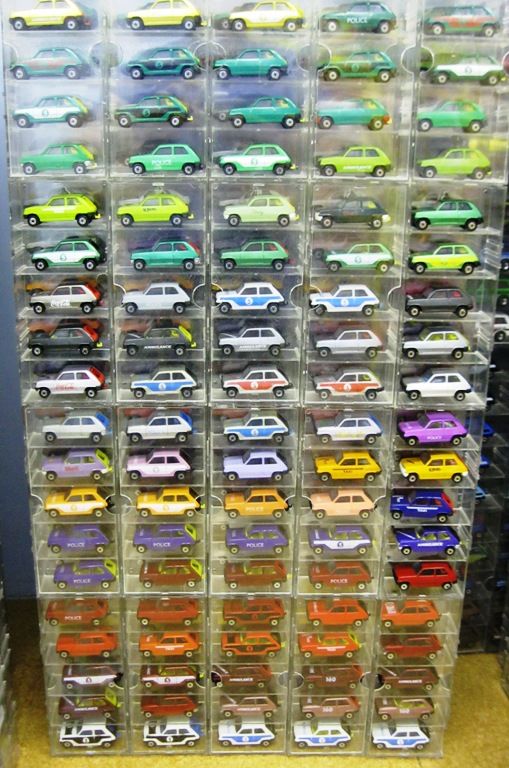
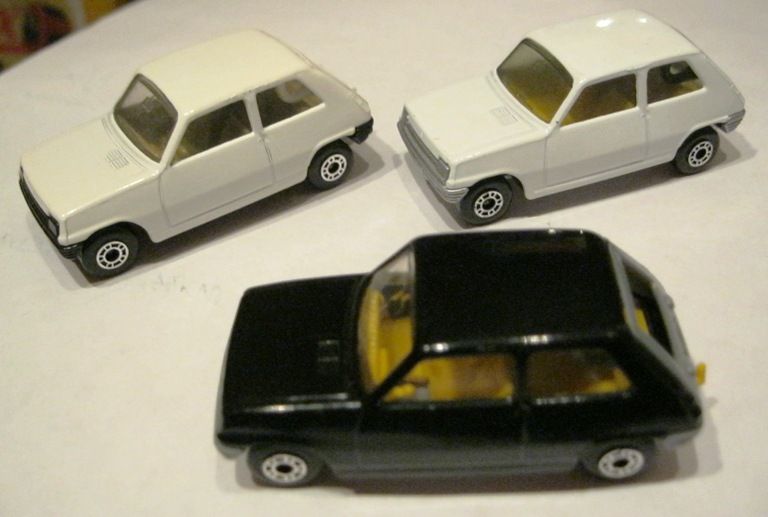
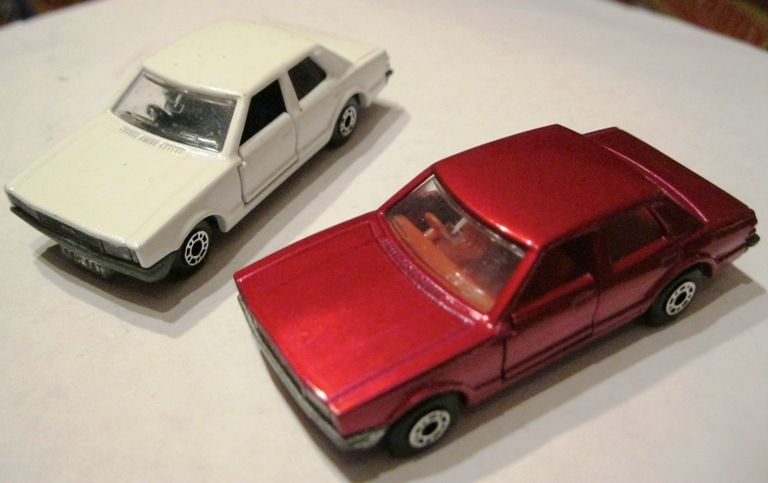
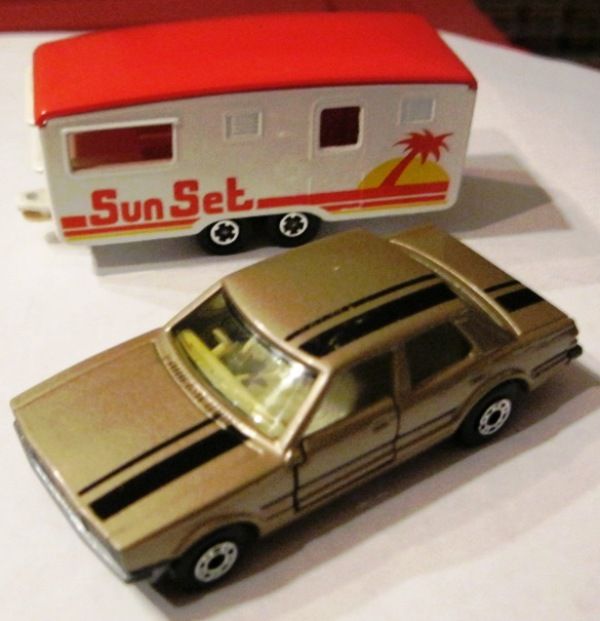
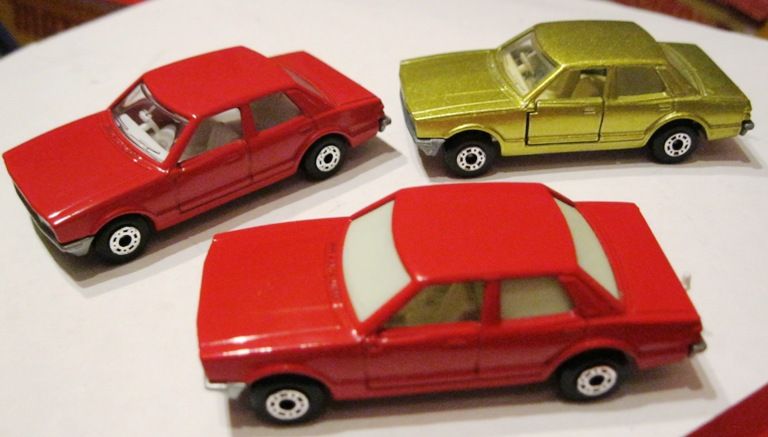
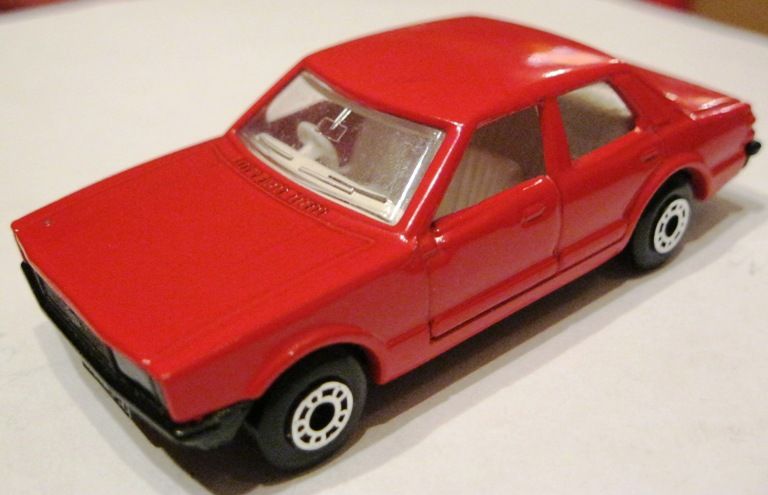
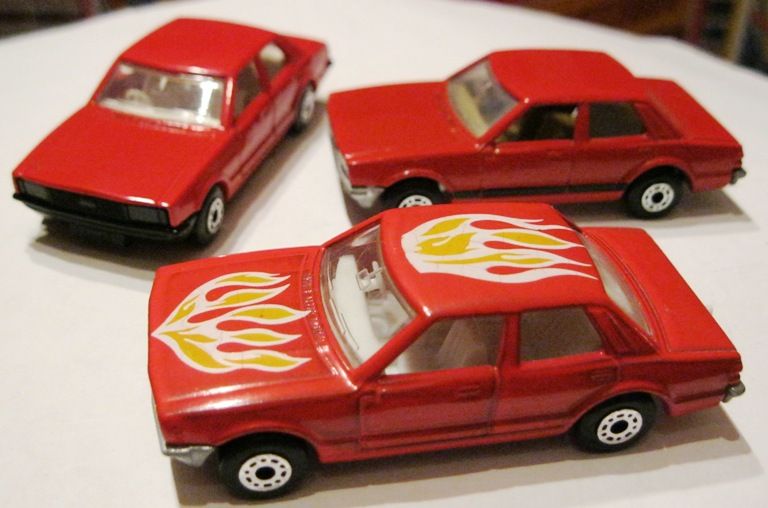

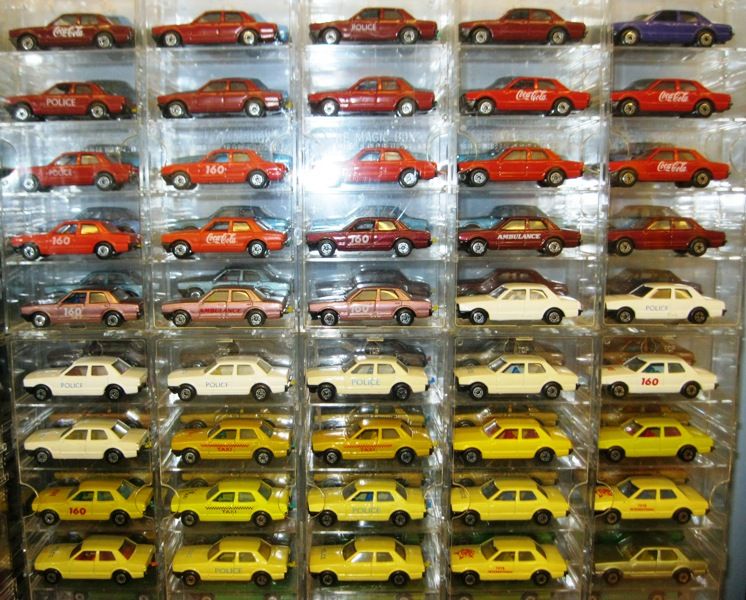


Hi there. Came accross a black Renault as mentioned but tivet seems to have been tampered woth or some type of screw inserted. Do you perhaps have any more info on this particular car.
ReplyDeleteThanks.